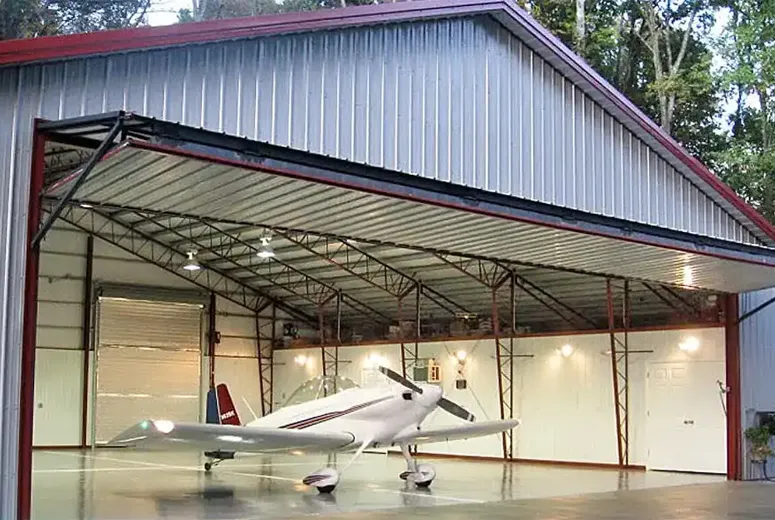- Afrikaans
- Albanian
- Amharic
- Arabic
- Armenian
- Azerbaijani
- Basque
- Belarusian
- Bengali
- Bosnian
- Bulgarian
- Catalan
- Cebuano
- Corsican
- Croatian
- Czech
- Danish
- Dutch
- English
- Esperanto
- Estonian
- Finnish
- French
- Frisian
- Galician
- Georgian
- German
- Greek
- Gujarati
- Haitian Creole
- hausa
- hawaiian
- Hebrew
- Hindi
- Miao
- Hungarian
- Icelandic
- igbo
- Indonesian
- irish
- Italian
- Japanese
- Javanese
- Kannada
- kazakh
- Khmer
- Rwandese
- Korean
- Kurdish
- Kyrgyz
- Lao
- Latin
- Latvian
- Lithuanian
- Luxembourgish
- Macedonian
- Malgashi
- Malay
- Malayalam
- Maltese
- Maori
- Marathi
- Mongolian
- Myanmar
- Nepali
- Norwegian
- Norwegian
- Occitan
- Pashto
- Persian
- Polish
- Portuguese
- Punjabi
- Romanian
- Russian
- Samoan
- Scottish Gaelic
- Serbian
- Sesotho
- Shona
- Sindhi
- Sinhala
- Slovak
- Slovenian
- Somali
- Spanish
- Sundanese
- Swahili
- Swedish
- Tagalog
- Tajik
- Tamil
- Tatar
- Telugu
- Thai
- Turkish
- Turkmen
- Ukrainian
- Urdu
- Uighur
- Uzbek
- Vietnamese
- Welsh
- Bantu
- Yiddish
- Yoruba
- Zulu
Oct . 31, 2024 17:06 Back to list
Designing Steel Shed Trusses A Comprehensive Guide
Steel shed trusses are essential structural components in the construction of shed-type buildings. Their primary function is to support the roof, allowing for larger spans and providing stability against various loads, such as snow, wind, and seismic forces. When designing steel shed trusses, several critical factors must be considered to ensure safety, functionality, and cost-effectiveness.
Understanding Truss Design
At its core, a truss is a framework of triangular shapes that distributes loads evenly across its members. Steel, known for its high strength-to-weight ratio, is an ideal material for trusses. In shed design, common truss configurations include the King Post, Queen Post, and Fink trusses. Each configuration has distinct advantages based on the specific requirements of the shed size, purpose, and environmental conditions.
Factors Influencing Design
1. Load Assessment The first step in the design process is to assess the loads the truss will encounter. This includes dead loads (the weight of the truss itself and the roof), live loads (temporary loads such as snow or maintenance personnel), and environmental loads (wind and seismic activity). Proper load calculations are crucial to ensure the truss can adequately support its design criteria.
steel shed truss design

2. Span Length The length between supports influences the truss design. Longer spans require stronger materials and may necessitate larger dimensions or additional members to prevent deflection and ensure stability. Designers often utilize software tools to model various span scenarios and their impact on the overall truss design.
3. Material Selection While steel is the primary material used, selecting the appropriate grade and type is vital. Common steel grades used in trusses include ASTM A36 and A992, which provide excellent yield strength and ductility. Designers must also consider corrosion resistance, especially for outdoor applications, possibly choosing galvanized or weathering steel.
4. Joint Design The connections between members are critical in distributing loads through the truss. Effective joint design can enhance structural integrity and ease of assembly. Common joint types include welded, bolted, and riveted connections. Each type has its pros and cons related to strength, cost, and ease of field assembly.
5. Aesthetic Considerations Beyond functionality, the visual impact of steel trusses is increasingly relevant. Matching the aesthetics of the building with community standards or the surrounding environment can influence the choice of design.
Conclusion
Designing steel shed trusses requires a thorough understanding of structural mechanics, material properties, and environmental considerations. By carefully assessing loads, spans, joint designs, and aesthetics, engineers can create safe, efficient, and visually appealing structures. As the demand for versatile and durable construction increases, mastering steel truss design is more critical than ever for creating functional shed buildings that stand the test of time. Modern advancements in design software and materials science continue to improve the reliability and efficiency of these essential structural elements, pushing the boundaries of what is possible in shed construction.
-
How Do Prefabricated Steel Structures Transform Modern Construction?
NewsJul.14,2025
-
How Do Prefabricated Metal Buildings Redefine Modern Construction?
NewsJul.14,2025
-
How Do Prefab Insulated Metal Buildings and Steel Structures Revolutionize Modern Construction?
NewsJul.14,2025
-
How Do Pre - Engineered Steel Structures Redefine Modern Construction?
NewsJul.14,2025
-
Advancing Modular Construction with Prefabricated Metal Structures
NewsJul.14,2025
-
Advancing Industrial Infrastructure with Prefabricated Steel Solutions
NewsJul.14,2025
Products categories
Our Latest News
We have a professional design team and an excellent production and construction team.












